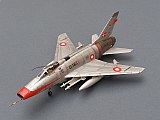
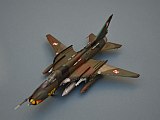
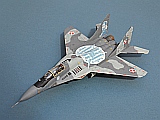

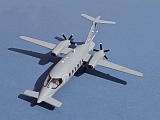
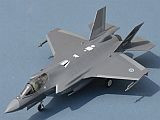
North American F-100D Super Sabre - 727 Esk RDAF, (Flyvevåbnet),
Skrydstrup Air Base, 1959.
Some Cold War Heavy Metal to gladden your heart and rattle your bones! This is the
ancient Frog F-100D (re-boxed Hasegawa mould), with decals out the box. It may be
old, but it is still an excellent build. Link to build page
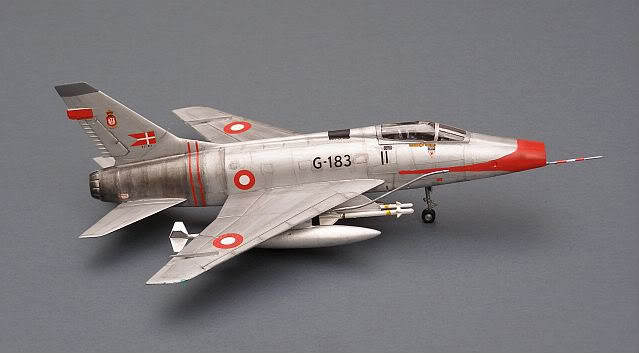
As the 1950s opened, North American could see that they were in danger of falling
behind other US manufacturers. Their answer was the F-100 Super Sabre, which was
presented to the USAF as an unsolicited design proposal. Developed from the original
Sabre, it was the USAF's first true supersonic fighter, and as such, a contemporary
of the English Electric Lightning. Unlike the Lightning, however, the Super Sabre
was rushed into production before it had been fully tested, with the result that
its early service was a catalogue of failures, groundings and serious accidents.
Although many of its foibles were addressed in the improved F-100D fighter bomber
version, it remained a difficult aircraft to fly, with a very high accident rate.
Of the 72 aircraft in Danish service, no less than a third of the original buy were
lost in crashes.
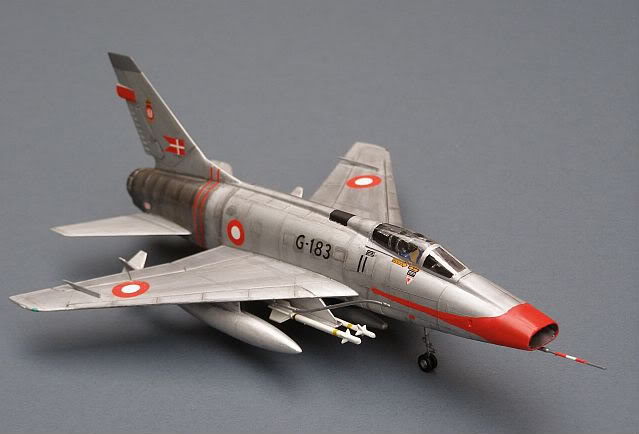
Super Sabres were flown by the USAF, French Air Force, Turkish Air Force, Nationalist
Chinese Air Force and the Royal Danish Air Force. Danish F-100s entered service in
July 1959 and were assigned to NATO close support missions, as well as air defence
and maritime attack over the Baltic region, until replaced by the (equally old) Saab
Draken in 1982.
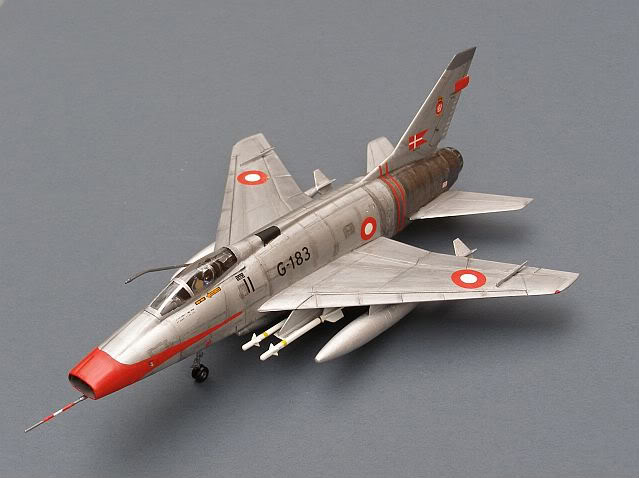
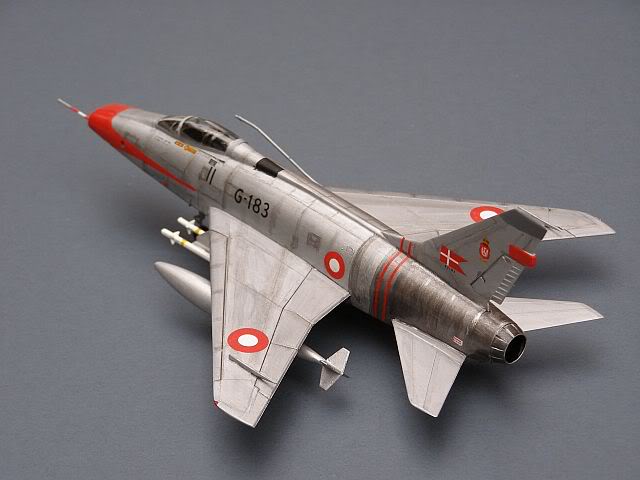
Friends & Allies - Part 3a - NATO Naval and Air Forces

The appearance of two Polish Airforce SU-22 Fitters at last year’s Fairford Air Tattoo
was definitely one of the major highlights of the event. The Fitter formed the mainstay
of Soviet and Warsaw Pact ground attack air forces from the early 1970s until the
late 1990s. It remains in service with a number of Air Forces worldwide, perhaps
most notably with the Poles, who decided last year (2014) to extend its service for
up to another 10 years. Reliable and straightforward to maintain in the field, the
Polish decision also allows them to retain their large inventory of Cold-War era
Soviet weapons, replacement of which would have been a major cost driver.
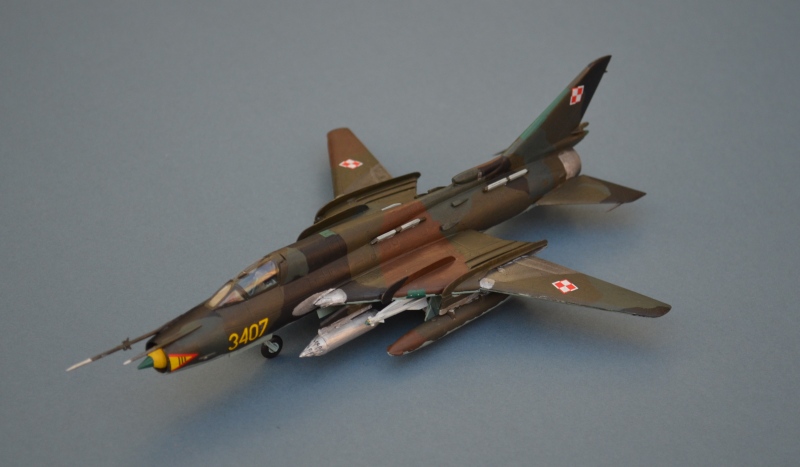
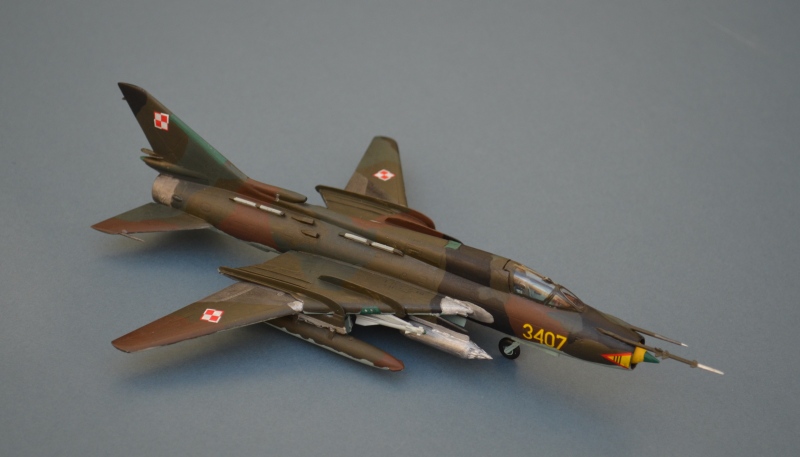
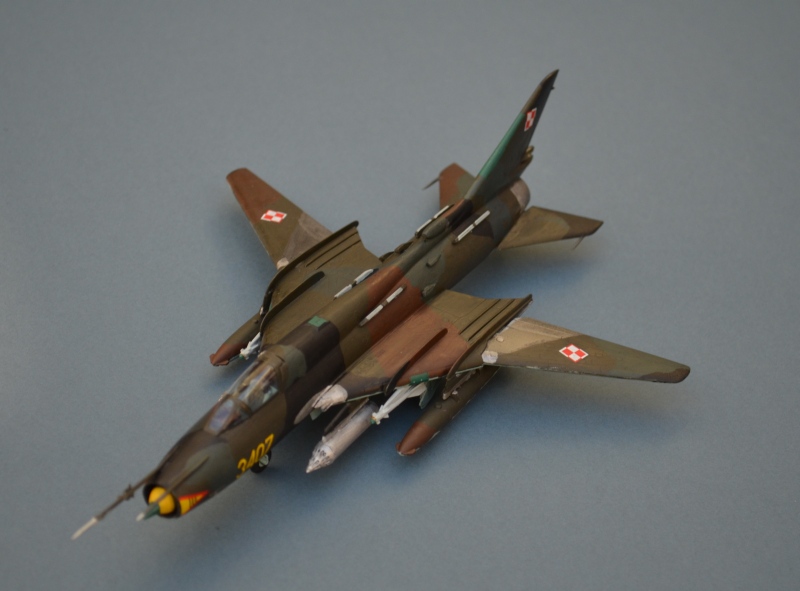
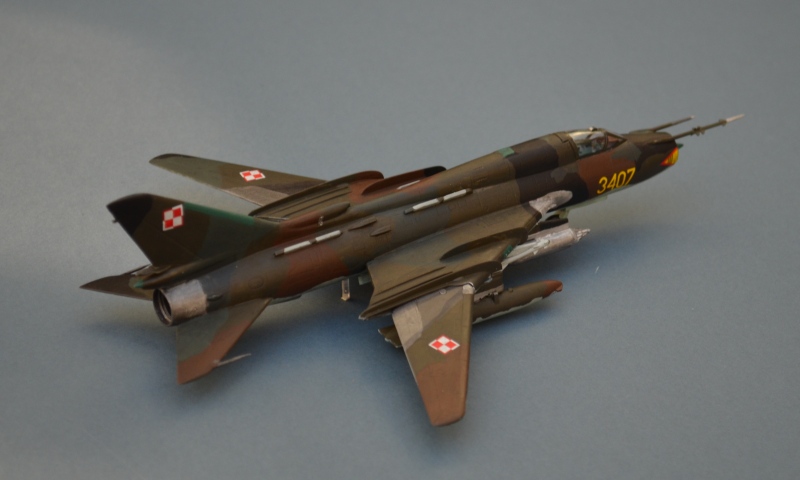
Sukhoi Su-22 M4 “Fitter K”
Polish Air Force - 2014
RUAG/Dornier Do 228-212 NG
Netherlands Coastguard 2015, DeKooy Airfield, Den Helder, Netherlands 2015.
Revell’s 1/72 Do228 kit has been around since 1987 and has been released at least
six times in a variety of different civil and military versions. This is the 2009
issue that includes well produced markings for German and Dutch coastal maritime
patrol aircraft.
The kit itself is rather basic and a little disappointing - to its credit, parts
fit is remarkably good, but detail is very soft and there is no interior to speak
of, other than a generic instrument panel and pilot/co-pilot seats. Unfortunately
the kit is based on two early versions of the aircraft that lack the obvious maritime
patrol modifications needed to make the current in-service models, but the most important
of these are fairly easy to scratch build.

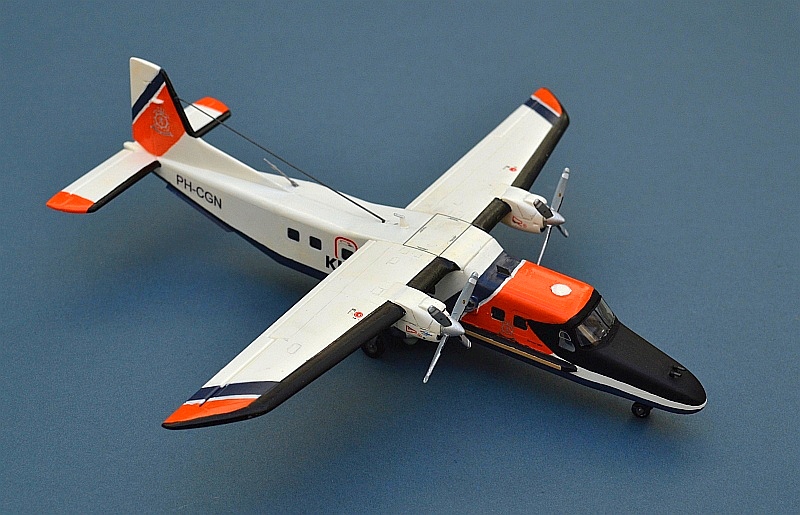
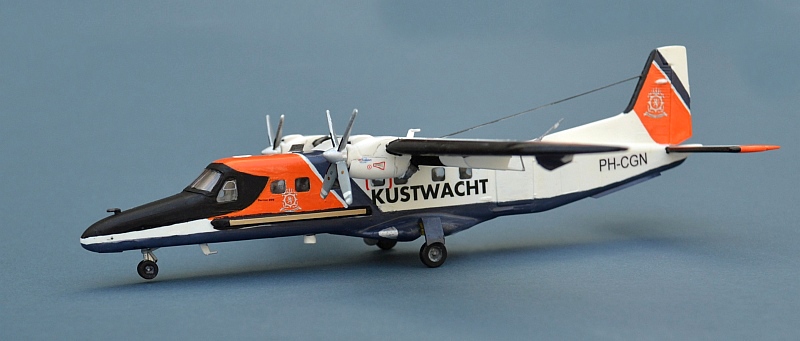
The Dornier 228 STOL utility aircraft first flew in the late 1970s, taking advantage
of a new supercritical wing design financed by the German government, that allows
an excellent balance between performance and efficiency. Production by Dornier in
Germany and licence production by HAL in India continued until 1998, with over 270
aircraft built.
In 2009, Swiss Government owned RUAG began building a New Generation Do228 variant,
with wings, fuselage and tail produced by HAL in India.
Production has continued since then at low rates, with many customers specifying
maritime patrol and SAR variants. Equipped with more powerful engines and propellers,
a glass cockpit, advanced radar, FLIR, automated mission systems and ECM systems,
the Do228 NG’s box section fuselage, high payload and long endurance make it a good
choice for this role.
The Netherlands Coastguard (Nederlandse Kustwacht) use two modern Do228-212 aircraft
as coastal patrol aircraft over the North Sea. Equipped with Sideways looking airborne
radar (SLAR) and and IR Camera turret, the aircraft are civilian registered, but
flown by pilots from the Royal Netherlands Navy and Royal Netherlands Air Force on
Fisheries, Search and Rescue, Security and Anti-pollution patrols.
Mikoyan MiG-29A Fulcrum
Polish Air Force - 2016
Together with the Su-27 Flanker, the MiG-29 Fulcrum represents the pinnacle of Cold
War Soviet fighter design. Introduced to service in 1982 as one of a family of Air
Superiority aircraft designed in response to the F-14, F-15 and F-16, it shares many
aerodynamic features with its larger sibling, the Flanker, albeit with far simpler
avionics. Later Mig-29s added ground attack capabilities and were widely exported
with many remaining in service today.
The Polish Air Force was one of the first export users of the Fulcrum, acquiring
10 aircraft in 1989 to replace MiG-21s in the interceptor role. These were supplemented
in 1995 with 10 ex-Czech aircraft, with another 14 ex-German aircraft arriving in
2004. Polish Air Force MiGs have recently participated in the NATO Baltic Air Policing
role, regularly intercepting Russian aircraft.
Poland is currently examining life extension programmes to extend their MiG-29 Fleet
beyond 2020, however the effect of Western sanctions against Russia in response to
the war in the Ukraine has made it increasingly difficult to acquire spare parts.
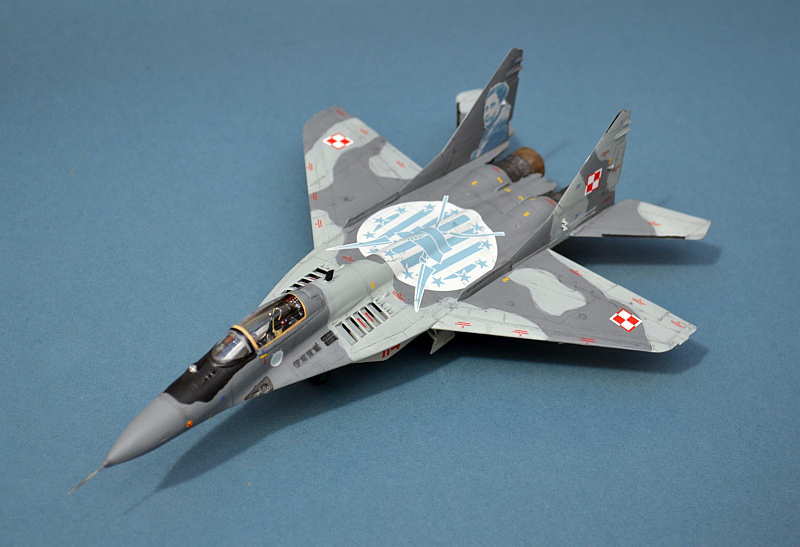
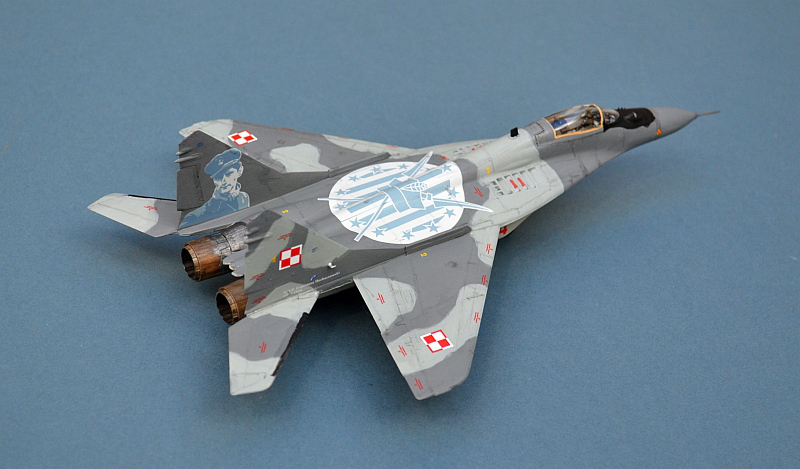
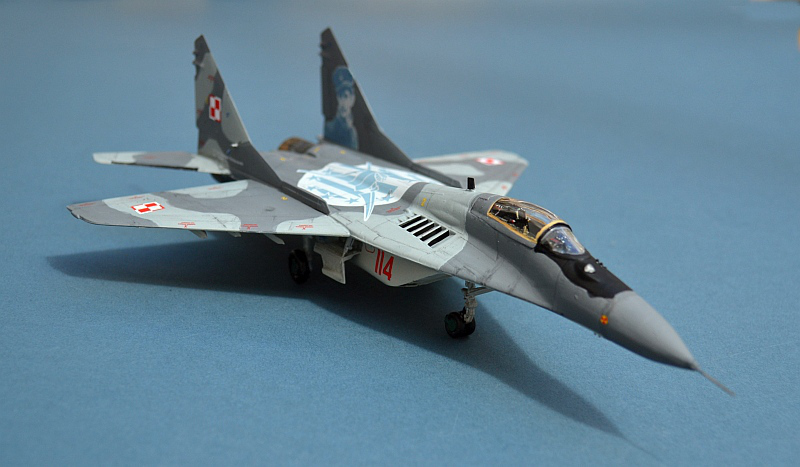
Piaggio P.180 Avanti
Marina Militare (Italian Navy), HQ liaison unit, Pratica di Mare Air Base 2019.
A-Model’s 1/72 Avanti is typical of this model manufacturer - nicely detailed but
requires some care to assemble well. It comes with markings for a Spanish civil aircraft
and an Italian Navy liaison aircraft.
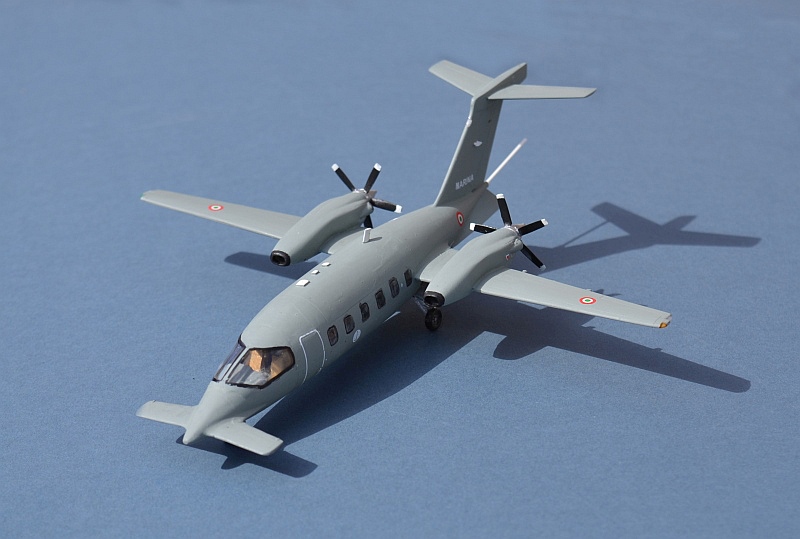
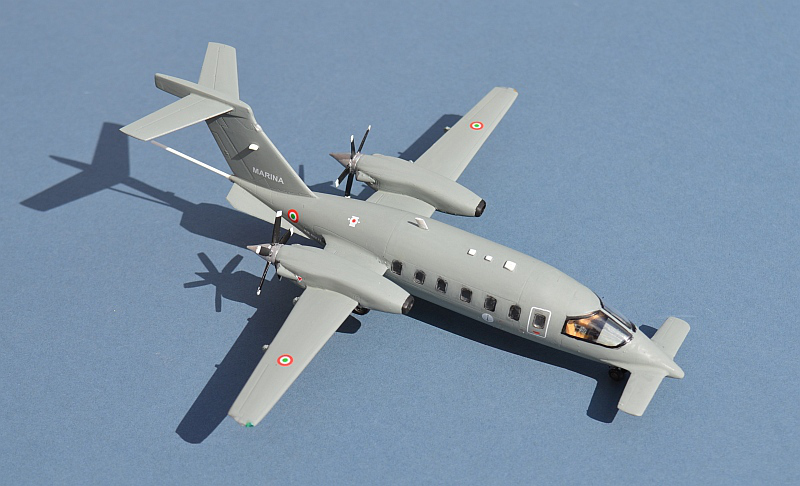
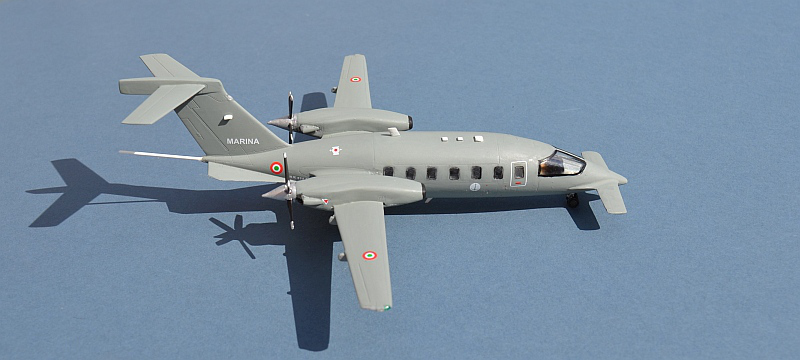
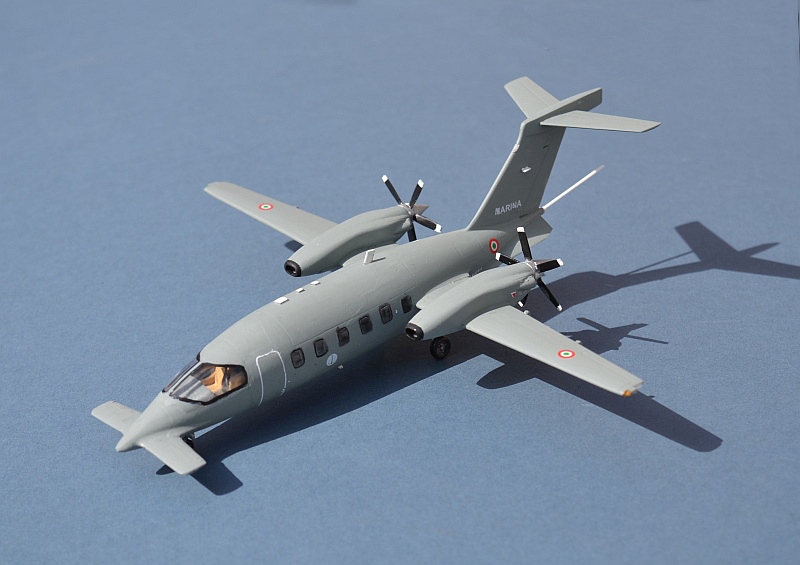
Piaggio's striking pusher-prop executive transport first flew in the mid 1980s. The
product of collaboration between US company Gates Learjet and Italian aircraft manufacturer
Piaggio, its radically streamlined fuselage, 3 wing configuration (tail/main/canard)
and highly efficient P&W Canada turboprop engines allow it to fly further and faster
for less fuel consumption (up to 40%) than equivalent executive jets. It remains
in production in 2019 (just), as a result of extensive Italian Govt support following
the failure of both its manufacturers.
Along with many Italian Government agencies, the Italian Air Force and Italian Navy
both use Avantis as VIP transports. An UAV version fitted with an extensive sensor
suite and known as the P.1HH was developed with Selex (now part of Leonardo) as a
long range unmanned patrol aircraft, but despite promising sales to the Italian armed
forces and the UAE, its development was halted in 2018 due to Piaggio's receivership.
Lockheed Martin F-35A Lightning II
Royal Norwegian Air Force (Luftforsvaret), 331 Sqn, Orland Air Station.
Academy have produced a very nice F-35A kit, that builds easily with few quirks.
For this one I hav eadded the drogue parachute pod used by the RNoAF to assist
with landing in icy conditions. .Decals come from the Xtradecal F-35A/B Worlwide
Collection set (X72338)
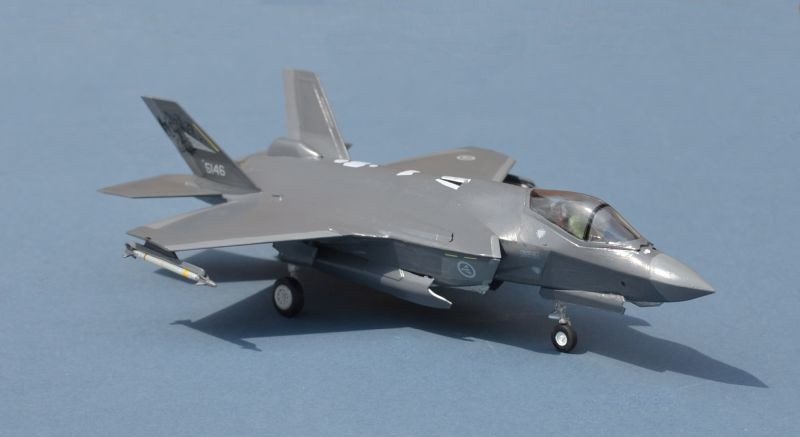
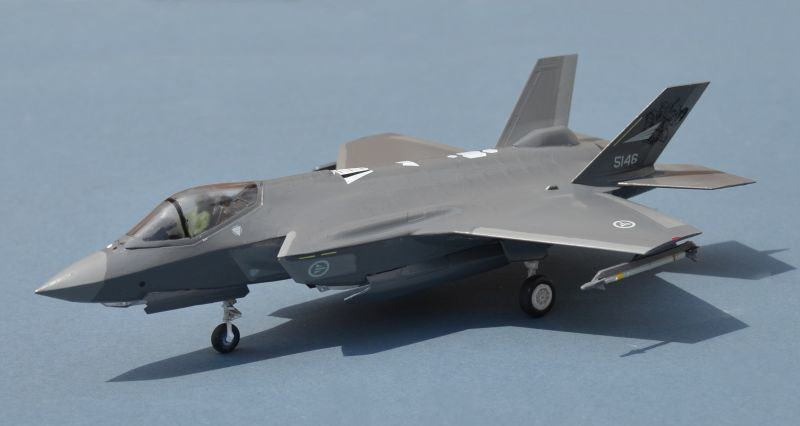
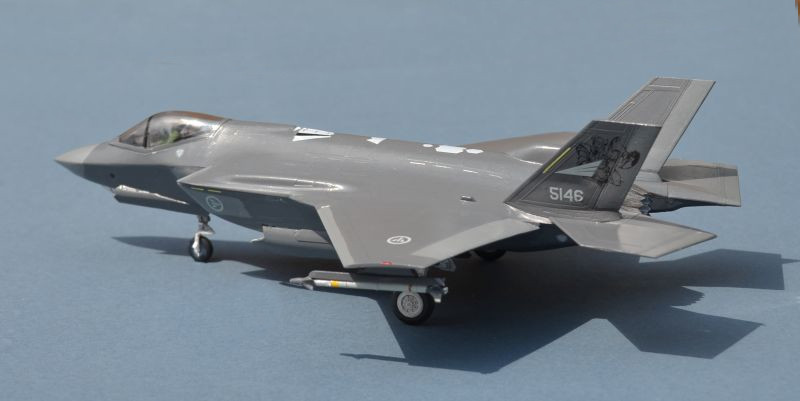
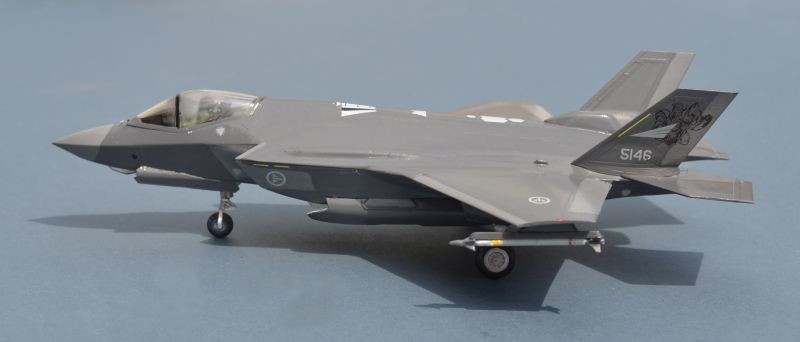
The Royal Norwegian Air Force (Luftforsvaret) converted to an all F-35A Fleet in
January 2022, with the retirement of their long-serving F-15 fighters. At present,
the force, consisting of 331 and 332 squadrons, is concentrated at Orland Air Base,
half way up the Norwegian west coast, with regular forward deployments to operating
bases further north. As well as undertaking QRA duties in the Norwegian Air Defence
Region, they have also undertaken the NATO QRA duties in Iceland.
Norways’s F-35s have a distinctive humped pod on their upper fuselage, housing a
drogue parachute to enable safe landing on icy runways. The drogue housing is designed
for minimal effect on the aircraft’s stealth capabilities and was co-funded by the
Netherlands and Denmark, who may fit the pods to their own aircraft in due course.
Norwegian aircraft are armed with AIM-9x Sidewinder short range air to air missiles
and up to 4 AIM-120 AMRAAM BVR missiles. For the ground attack role the aircraft
can carry GPS guided JDAM and laser guided precision bombs and will add more armaments
as they are released for F-35 use.
The F-35A is the simplest variant of the fifth generation F-35, intended as a light
fighter replacement for the F-16 and is currently (2023) operational with the USAF,
RNoAF, RAAF, Israeli Air Force, Italian Air Force, Japanese Air Force and Royal Netherlands
Air Force, with Belgian, Danish, Canadian, German, Finnish, Polish, South Korean,
Singaporean, and Swiss aircraft currently being delivered and working up to operational
status.
Main Index




![]()























